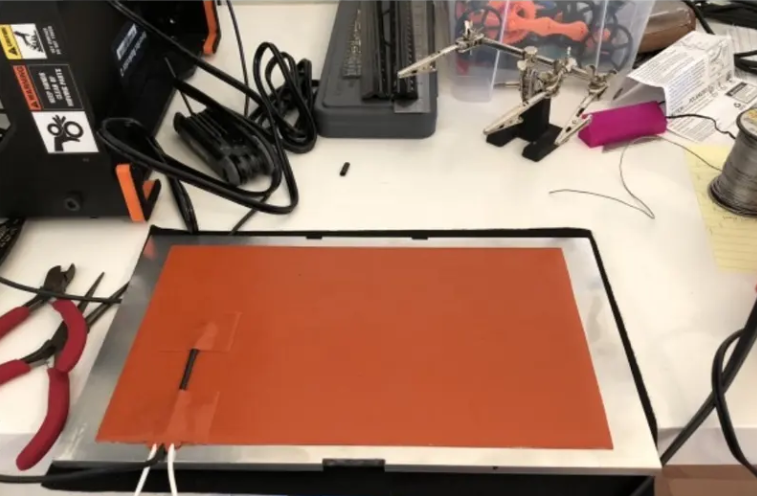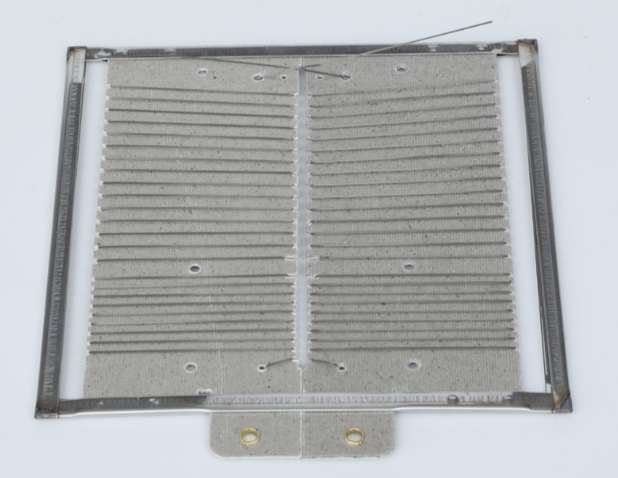
How Multi Zone Heaters Solve 3D Printing Warping and Cracking?

Why PI Heaters Are the Preferred Heating Solution for Battery Packs?

A Complete Guide to Properly Storing Silicone Rubber Heaters

How Can a Simple PTC Air Heater Improve Your Heating Projects?

Two Simple Temperature Control Devices for Silicone Heating Pads
Mica heaters are widely used in various industries due to their excellent thermal conductivity, durability, and versatility. These heaters can be designed with different types of conductors, the most common being etched conductors and wound conductors. Each type has its own advantages and disadvantages, making them suitable for different applications. In this blog post, we will explore the differences between etched conductors and wound conductors in mica heaters.
Etched Conductors:
Design: Etched conductors are created by chemically etching a specific pattern onto a metal foil. This method allows for the creation of very fine and intricate conductor paths, making it ideal for complex heating patterns.
Manufacturing Process: The process begins by coating a metal foil with a photosensitive material. The desired conductor pattern is then transferred onto the foil using photolithography techniques. Chemical etching is used to remove the unprotected metal, leaving behind the precise conductor path.

Advantages:
•High Precision: Etched conductors can achieve extremely fine and detailed patterns, which is essential for applications requiring precise temperature control.
•Consistency: The etching process ensures that each conductor is highly consistent in shape and size, making it suitable for mass production.
•Flexibility: Design modifications are relatively easy, allowing for customization to meet specific customer requirements.
Disadvantages:
•Higher Cost: The etching process is more complex and therefore more expensive compared to other methods.
•Durability: While generally durable, etched conductors may not be as robust as wound conductors in extreme conditions.
Wound Conductors:
Design: Wound conductors are formed by winding a resistance wire into a specific shape or pattern, often in a spiral or geometric configuration.
Manufacturing Process: The resistance wire is wound around a mica sheet or other substrate and secured in place. This process can be done manually or using automated equipment.

Advantages:
•Lower Cost: The winding process is simpler and more cost-effective, making it a popular choice for many applications.
•High Durability: Wound conductors typically offer higher mechanical strength and durability, making them suitable for use in harsh environments.
•Ease of Repair: If a part of the conductor fails, it can often be replaced or repaired locally, reducing downtime and maintenance costs.
Disadvantages:
•Lower Precision: Wound conductors may not achieve the same level of precision as etched conductors, making them less suitable for complex heating patterns.
•Consistency: Manual winding can lead to variations in the shape and size of conductors, affecting consistency in mass production.
Etched Conductors:
•Performance: Etched conductors provide uniform heat distribution, which is crucial for applications requiring precise temperature control and uniform heating.
•Applications: They are commonly used in medical devices, precision instruments, and semiconductor manufacturing equipment where high accuracy and reliability are essential.
Wound Conductors:
•Performance: Wound conductors offer stable and consistent heat output, making them suitable for applications that require long-term stability and reliability.
•Applications: They are widely used in industrial heating equipment, home appliances, and automotive heating systems.
3. Comparative Analysis
Characteristics | Etched Conductors | Wound Conductors |
Design | Complex | Simple |
Manufacuring Process | Chemical etching | Winding |
Cost | Higher | Lower |
Precision | High | Low |
Consistency | High | May vary |
Durability | Good | High |
Repair | Difficult | Easy |
Applications | Medical devices, | Industrial heating equipment, home appliances |
Choosing between etched conductors and wound conductors in mica heaters depends on the specific requirements of your application. If precision and uniformity are critical, etched conductors are the better choice. However, if cost-effectiveness and durability are more important, wound conductors may be the preferred option. By understanding the strengths and weaknesses of each type, you can make an informed decision that meets your project's needs.
We hope this article has provided valuable insights into the differences between etched and wound conductors in mica heaters. If you have any further questions or need assistance with your heating solutions, feel free to contact us.

We offer a wide variety of high-efficiency heaters and heating element.Such as polyimide/kapton heaters,silicone rubber heaters,PET transparent heaters, thick film heaters,PTC heaters, mica heaters,epoxy resin heaters and graphene heating film.